Menu
Hey there, Metro Atlanta neighbors! Whether you’re battling Bradford pears that shed like a husky in July or nurturing a century-old oak that’s seen more history than Peachtree Street, the tree care specialists at Driscoll Tree Service have some tips to share!
In this brief article brought to you by your local tree company, Driscoll Tree Service, we spill the sweet tea on some things to know about caring for your trees.
If you’ve still got questions or concerns after reading this page, then feel free to contact Driscoll Tree Service to consult with a member of our team. We’re happy to schedule a tree service or face-to-face meeting for as soon as possible.
1. Your Tree Is Probably Not Dead
Worried about that leafless tree in February? Relax. Deciduous trees in Georgia (like maples and oaks) often look deceased in winter but are just snoozing. Scratch a tiny branch. If it’s green underneath, it’s alive. If not, THEN panic.
2. Mulch Volcanoes are Tree Killers
Are you piling mulch against the trunk like a DIY moat? Big nope. “Mulch volcanoes” trap moisture, rot bark, and invite pests. Keep mulch 3–4 inches away from the base of the tree, and spread it like a donut – not a volcano. Your tree’s roots need to breathe.
3. Water Like You Mean It
Newly planted trees aren’t camels that can go a week without water. Water deeply (think 10–15 gallons weekly) for the first 2 years. A quick sprinkle just wets the soil’s surface. This will cause roots to grow shallow, and your tree will become a tumbleweed in a windstorm.
4. Prune with Purpose
Pruning isn’t a haircut. Remove dead/diseased branches, thin crowded canopies for airflow, and eliminate crossing limbs that rub.
5. Spot Tree Emergencies Before It’s Too Late
Trees don’t talk, but they’ve got tells. Mushrooms at the base? That’s the tree version of a fever. Sudden lean? Could mean roots are waving a white flag. Cracks in the trunk? Think of it as a structural scream for help. And those “harmless” vines like English ivy? They’re basically squatters—rip ’em down before they strangle your tree.
6. Planting: Location, Location, Location
That cute sapling at Pike Nurseries? Check its future height. Planting a live oak three feet from your house is like adopting a baby elephant – cute now, catastrophic later. Also, go native: Southern red cedar, serviceberry, or black gum. They’re already fluent in Atlanta’s climate.
7. Tackle Those Uninvited Guests
Aphids throwing a pool party on your magnolia? Blast ’em off with a hose. Bagworms looking like tiny piñatas? Pluck ’em into soapy water. Scale insects leaving sticky residue? Hit ’em with horticultural oil in winter. Get rid of unwanted guests without delay.
8. Construction Chaos: Protect Your Roots
Building a deck or pool? Your tree’s roots are probably sweating bullets. Fence off the root zone and avoid parking tractors or piling bricks under the branches. Post-construction, give your tree a spa day by aerating the soil and watering deeply.
9. Saying Goodbye to a Tree
A tree removal isn’t a decision to make over sweet tea and a hunch. Call a certified arborist, not your cousin with a chainsaw. They’ll diagnose if it’s salvageable or if it needs to go.



How to Know When It’s Time to Remove a Tree from Your Yard We love trees as much as the next person, but we'll be the first to say that some trees are better off gone. Suddenly-leaning trees, overgrown branches,…
Read More (1).jpg)
How To Reduce Heat Stress On Trees With summer right around the corner, many of us are gearing up for pool days, vacations, cookouts, and stocking up on sunscreen. Amid all this seasonal preparation, however, there's one important part of…
Read More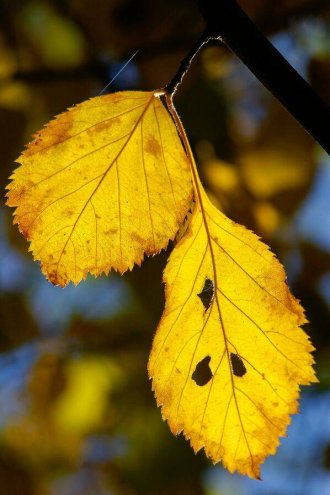
Yellow Leaves in Summer The sight of trees adorned with vibrant shades of red, orange, and yellow during fall is a natural spectacle that always captivates. However, when those same trees display yellow leaves in the summer, it may be…
Read More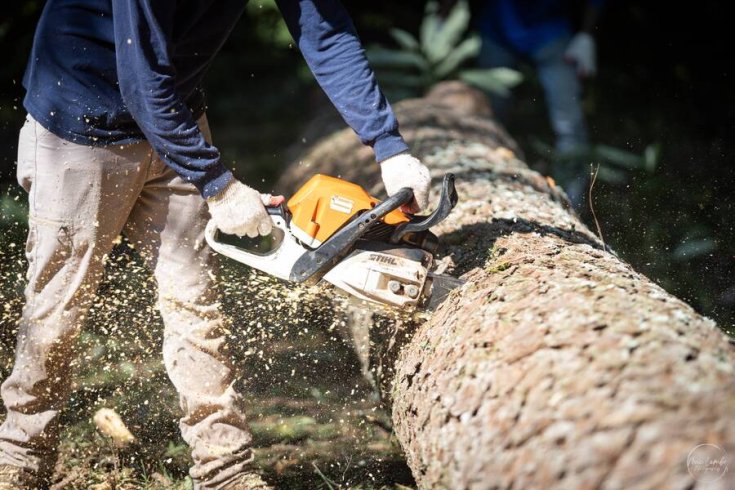
When Is It Time to Say Goodbye to a Tree? Signs Your Tree Might Be Better Removed There’s nothing like sitting under a shady oak on a hot Georgia afternoon or watching the dogwoods bloom in spring. We love trees…
Read More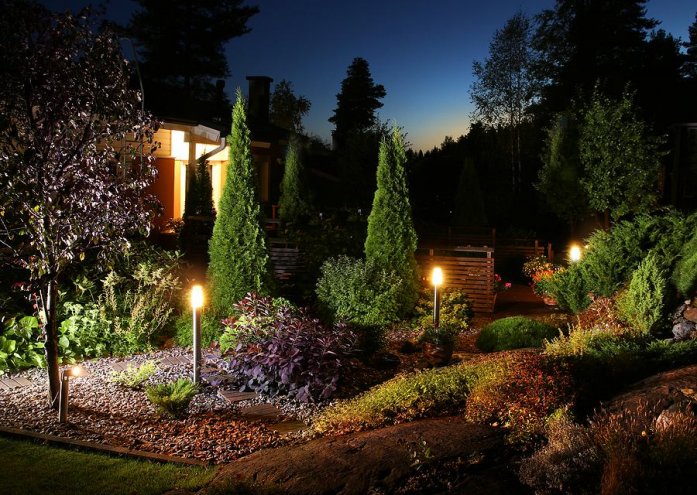
How to Keep Your Trees Healthy Keeping trees healthy is not just essential for the aesthetics and safety of your landscape but also improves the quality of the environment. However, like other living things, trees need routine care and maintenance…
Read More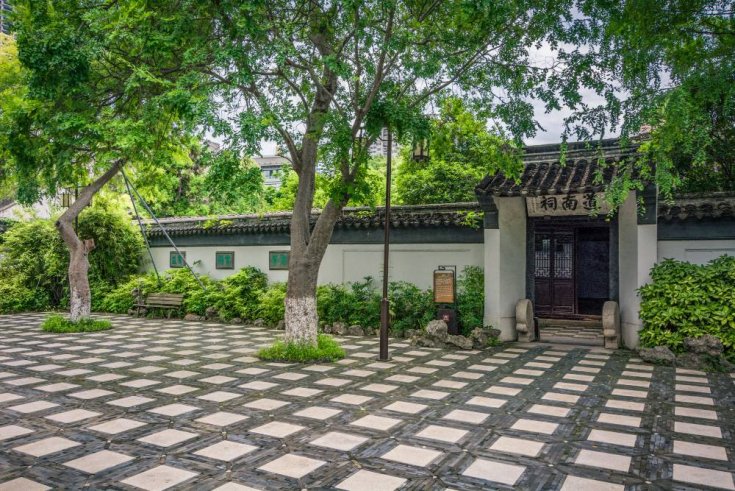
It’s one of the most classic homeowner dilemmas: you plant a tree, watch it grow tall and proud for decades until, one day, you notice the driveway starting to buckle. Cracks appear and spread; the once-smooth concrete begins to lift…
Read More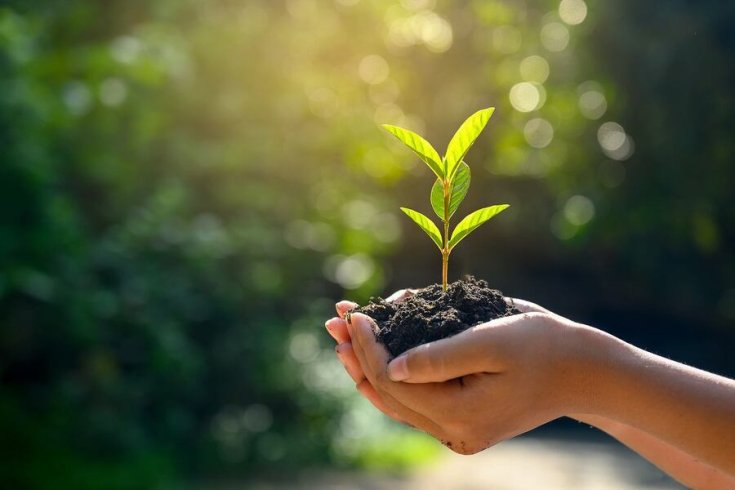
Tree Planting Aftercare A tree can add immense value to your landscape, providing many benefits like shade, curb appeal, and overall environmental well-being. However, planting the tree is just the beginning. Ensuring its growth and longevity requires proper aftercare, and…
Read More
How to Spot Diseased or Dangerous Trees Before They Become a Problem Let’s face it: not every homeowner is an arborist. Most people don’t spend their weekends studying leaf structure or bark fungus, and that’s perfectly fine. But while you…
Read More.jpg)
How to Manage Fallen Tree Leaves in Your Yard We've got all four seasons here in the Metro Atlanta area, but the seasons like to blur their lines. One minute it’s spring; the next it’s 90 degrees with a chance…
Read More
Tips to Avoid a Tree Service Scam Tree care and maintenance are essential parts of responsible homeownership, but finding a reputable tree service provider can be a daunting task. With all the companies out there, it is easy for unsuspecting…
Read More